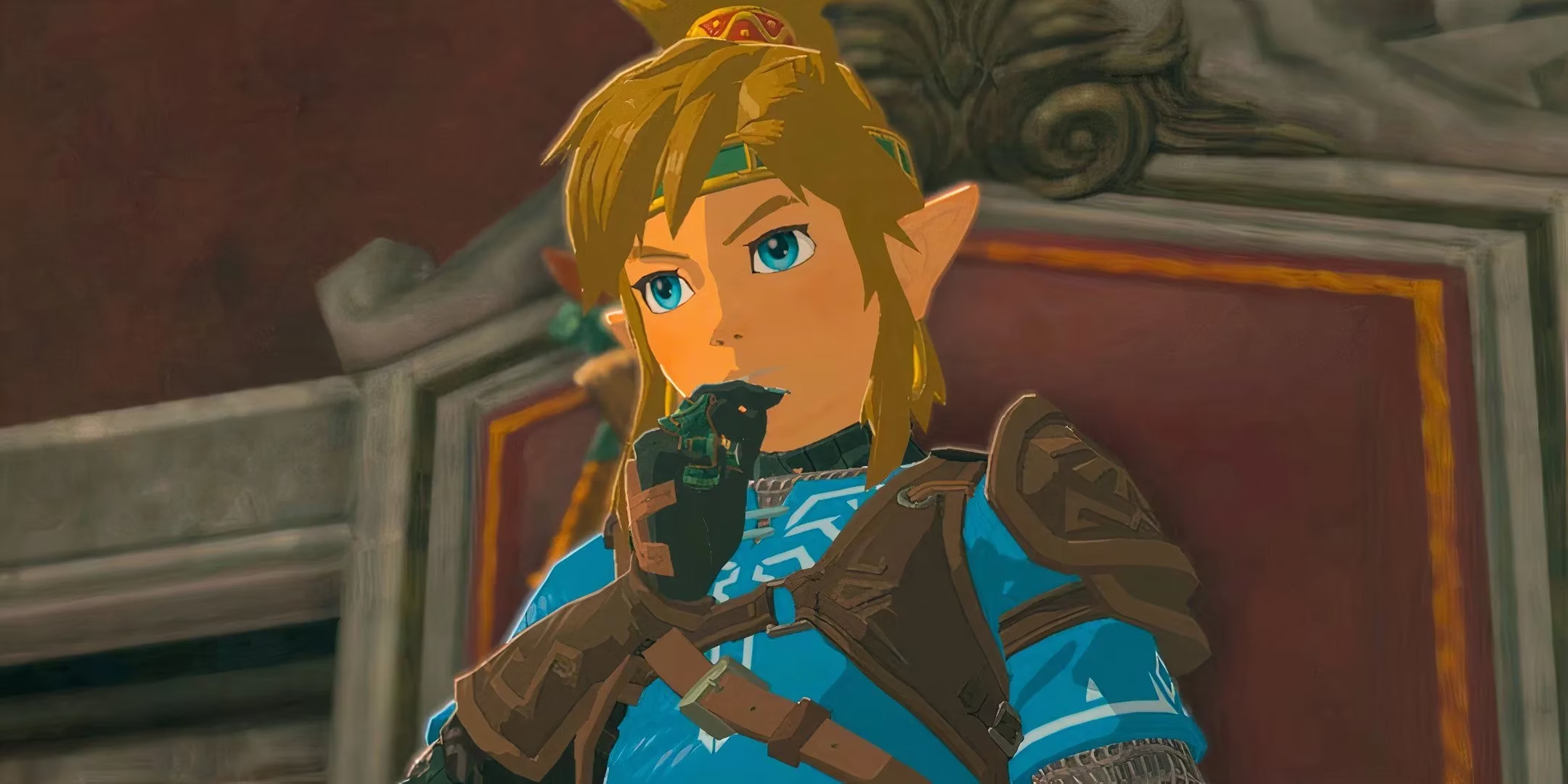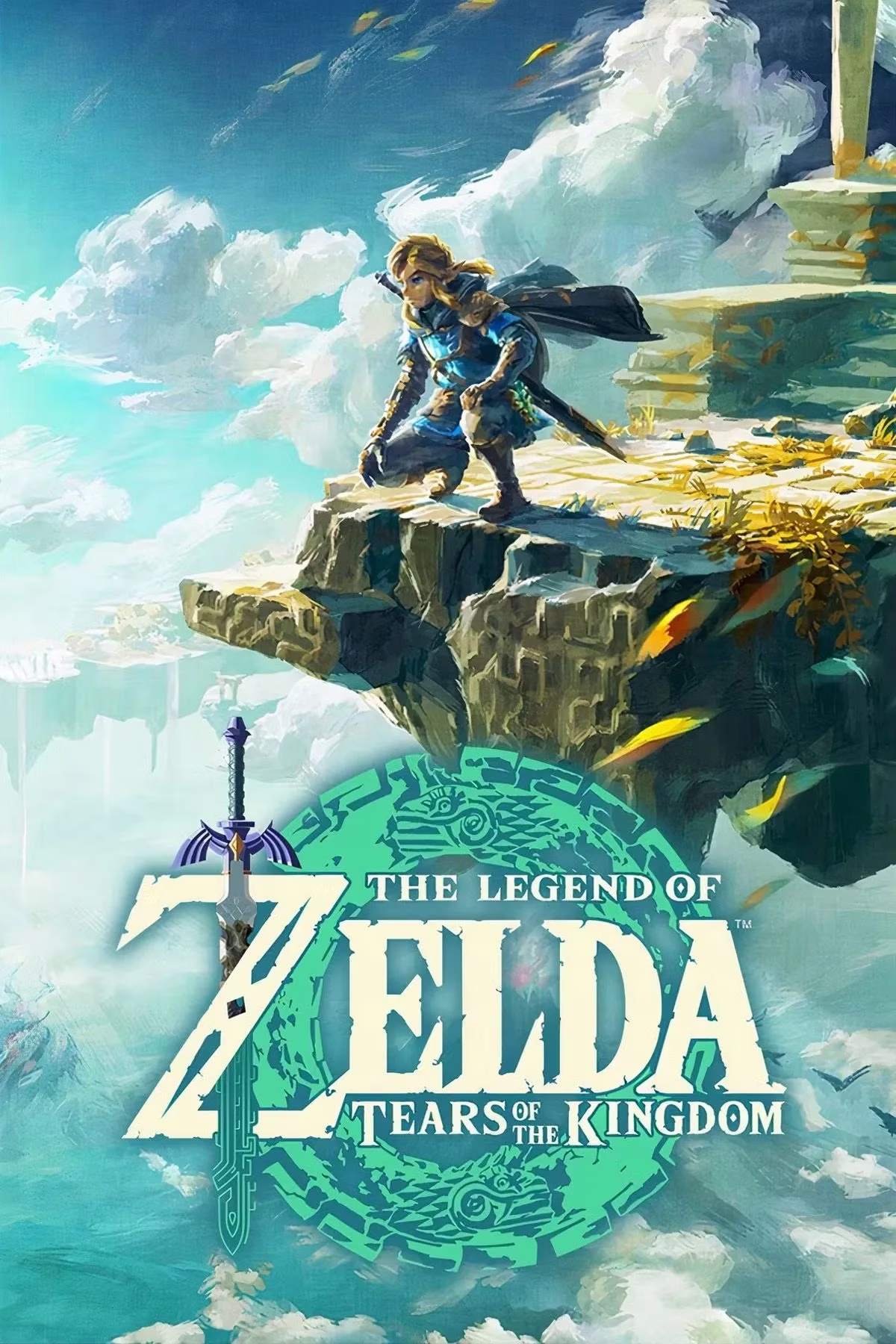It’s 2025, over two years since The Legend of Zelda: Tears of the Kingdom launched on Nintendo Switch to critical acclaim, yet a lingering sense of disappointment persists among players and critics alike. Despite its technical brilliance and expanded world, this sequel feels like a masterfully painted mural that ultimately hangs in the same gallery as its revolutionary predecessor. Tears of the Kingdom carries the weight of expectation like an overburdened pack animal, trudging through familiar terrain while attempting to justify its existence beyond mere expansion. The game’s fundamental challenge wasn’t about quality—it was about escaping the gravitational pull of Breath of the Wild, a celestial body so massive it distorts everything in its orbit. 🎮
The Inescapable Blueprint
Hyrule’s landscape in Tears of the Kingdom resembles a meticulously restored antique rather than a newly forged kingdom. While citizens rebuild after Calamity Ganon’s defeat, the changes feel cosmetic—like rearranging furniture in a house everyone has already memorized. Nintendo added sky islands and subterranean depths, yet these expansions often echo with emptiness, like discovering extra rooms in a mansion but finding them unfurnished. The magic of stepping onto the Great Plateau in Breath of the Wild—that intoxicating freedom of unlimited exploration—simply couldn’t be replicated when players already carried mental maps of every valley and forest. 
Mechanically, the sequel feels like watching a virtuoso musician perform variations on someone else’s symphony. Abilities like Ultrahand and Fuse introduce creative possibilities, yet they operate within Breath of the Wild’s established framework:
| Feature | BOTW Innovation | TOTK Evolution |
|---|---|---|
| World Design | Radical open-air concept | Vertical expansion (sky/depths) |
| Physics System | Chemistry-driven interactions | Object fusion/vehicle creation |
| Exploration | Uncharted territory discovery | Familiar map with layered additions |
These additions, while polished, function like exceptional DLC modules rather than core reinventions—a problem exacerbated by the unchanged core mechanics of combat, stamina, and cooking.
Narrative Growing Pains
The story struggles with its own inheritance. Breath of the Wild’s century-spanning tragedy between Hyrule and its bestial Calamity Ganon created narrative bedrock too specific for comfortable continuation. Tears of the Kingdom’s shift to a classic humanoid Ganon feels like abruptly changing a novel’s antagonist mid-series—thematically jarring and emotionally disjointed. Players witness Zelda’s disappearance and ancient secrets resurfacing, yet the urgency feels diluted when traversing landscapes still scarred by battles they personally resolved years prior. The chronological proximity to its predecessor (merely a few in-game years later) clashes with Zelda’s tradition of legend-reinvention, making this iteration resemble fan fiction set in someone else’s meticulously crafted universe.
The Brilliance Beneath the Shadow
Isolated from comparisons, Tears of the Kingdom shines with moments of pure Nintendo genius. Building absurd machines via Ultrahand delivers childlike wonder—imagine crafting a flaming flying tank to assault a Bokoblin camp. The Depths region’s oppressive darkness creates thrilling tension, demanding resourcefulness with limited visibility. Yet these innovations operate within confined parameters, like a master chef forced to cook only with ingredients from a previous banquet. 
The game’s central paradox is this: it needed Breath of the Wild’s foundation to exist, yet that same foundation became its cage. Nintendo’s design philosophy here mirrors architectural preservation—respecting the original structure while adding modern annexes. But in gaming, where players crave metamorphosis, this approach left Tears feeling like a magnificent bridge between eras rather than a new continent. Its legacy isn’t failure, but rather existing as gaming’s most luxurious echo—a sequel that perfected its predecessor’s language without inventing a new vocabulary.
Final Verdict: A Masterpiece in Retrospect
By 2025, history’s lens clarifies Tears of the Kingdom’s achievement: a technical marvel hamstrung by impossible expectations. It’s the gaming equivalent of a successor planting majestic oaks in a forest already defined by redwoods—impressive growth overshadowed by giants. The game deserves praise for its engineering feats and creative systems, yet it remains frozen in time as the sequel that couldn’t eclipse its originator’s supernova impact. 
Frequently Asked Questions
-
Is Tears of the Kingdom objectively worse than Breath of the Wild?
Not at all—it’s a refinement featuring superior physics and more complex systems. The disappointment stems from emotional context: eating a gourmet meal after experiencing culinary revolution tastes familiar, not transformative.
-
Do the sky islands and Depths fix the map’s familiarity problem?
Partially. These areas add verticality but lack the density of surface Hyrule. Exploring them feels like finding beautifully wrapped empty boxes—visually intriguing but rarely surprising.
-
Why does Ganon’s portrayal feel disconnected between games?
Breath’s Calamity was a primal force; Tears’ Demon King is a theatrical villain. The shift resembles replacing a hurricane with a stage magician—both dangerous, but tonally incompatible.
-
Could Nintendo have avoided this critique?
Only by radically reinventing Hyrule or setting the game centuries later. Their choice to maintain continuity was a double-edged Master Sword.
-
Should new players start with TOTK or BOTW?
Always Breath of the Wild. Playing them chronologically is like reading a mystery novel backwards—you’ll solve puzzles but lose the magic of revelation.